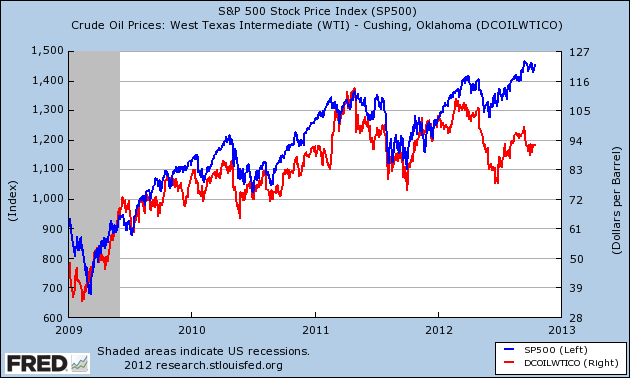With those people who have been able to live rent free in their home while continuing to support the economy without having the burden of a mortgage payment could potentially see their buying power greatly diminished.
It will be interesting to see if the bill gets extended or kicked down the road with the other item pertaining to the fiscal cliff.
See full article in Salon.com
- The letter from Bank of America Home Loans got right to the point. “We are pleased to inform you that we have approved your Home Equity Account for participation in a principal forgiveness program offered as a result of the Department of Justice and State Attorneys General global settlement with major mortgage servicers.” In the letter, which I obtained from an anti-foreclosure activist, Bank of America offered the homeowner full forgiveness of their entire home equity loan balance of over $177,000. But then Paragraph 5 came with an ominous warning: “Please be aware that we are required to report the amount of your cancelled principal debt to the Internal Revenue Service.”
- The tax issue could significantly disrupt a still-fragile housing market and rob homeowners of the tools to pull themselves out of mortgage debt. It also represents a final indignity for homeowners who have been abused by the fraudulent mortgage practices of leading banks for years. Just when they think they get relief from their troubles, they get hit with a massive tax bill they cannot pay. “This has the effect of pulling people up with one hand, and hitting them in the face and knocking them over the cliff with the other,” said Sen. Jeff Merkley, D-Ore., who supports extending the law.















